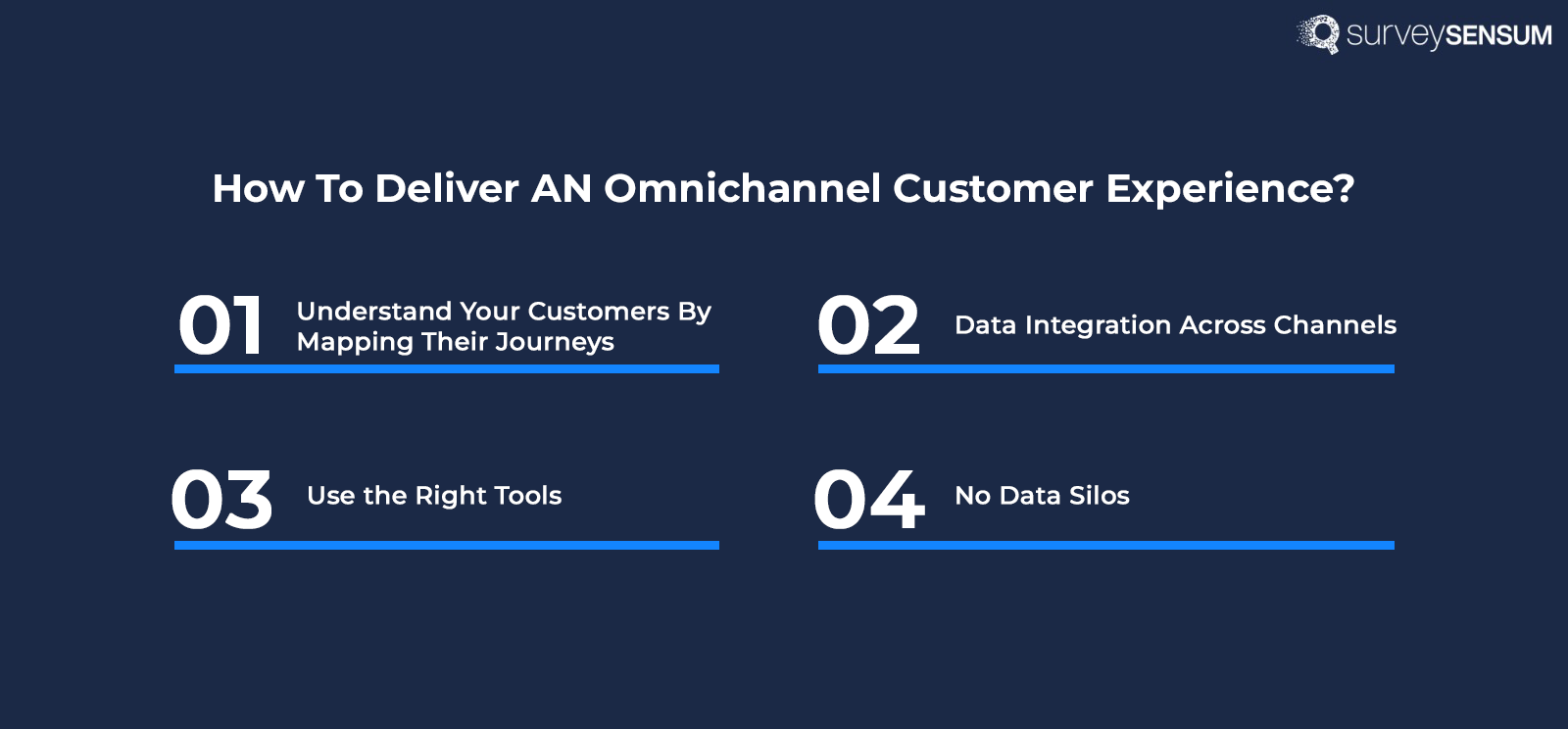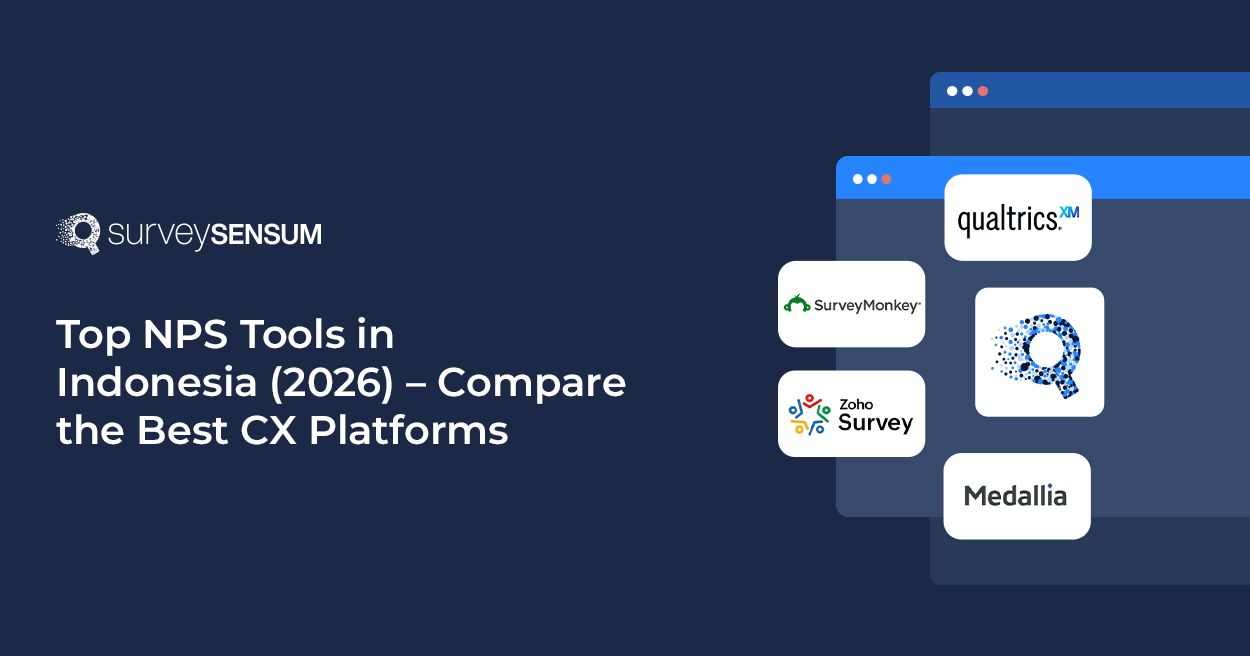

Did you know that companies with omnichannel customer experience strategies retain an average of 89% of their customers, compared to just 33% of companies with weak omnichannel customer experience strategies?
The word “omnichannel” is a reference to the many channels customers use to interact with the brand at any point of their customer journey, be it in-store, online, or social media, all the while not losing that positive experience at any channel.
However, an effective omnichannel strategy happens when companies provide their customers with a set of integrated channels, catering to customer preferences, and guiding them toward the most efficient solutions.
So, let’s see how this future trend benefits brands and what baggage it comes with.
What Is Omnichannel Customer Experience?
Omnichannel customer experience refers to seamless and integrated customer interactions across multiple channels, both online and offline, all the while ensuring a consistent and unified experience for the customer regardless of which channel they choose. This also means that customers can start their journey at one channel and continue the rest in other channels, however, the experience remains the same despite the change in channels.
Let’s understand this with an example.
Imagine browsing on your computer looking for healthy pasta options for your weight loss journey. You liked one brand the most based on its ingredients and calorie content. However, you don’t complete the purchase on your computer. You open your phone to see the same pasta brand on Amazon and other shopping apps to compare prices and you finally decide to shop it from their website using the 10% discount coupon that you received in your mail.
This shows that customers in the digital age have a lot of options to choose from when it comes to selecting their shopping channel. However, the real question is are you there to meet them at all these channels?
This is what the Omnichannel Customer Experience is all about – a holistic approach where businesses put all their customer touchpoints – digital platforms, social media platforms, in-store locations, etc – into one seamless and consistent experience. No matter where the customer interacts with the brand, with an omnichannel customer experience, their journey feels connected, with data and context transferring smoothly across channels. Omnichannel personalization takes this further by tailoring content, offers, and messaging based on the customer’s behavior and preferences across every touchpoint, ensuring each interaction feels uniquely relevant and timely.
Why You Should Invest In Omnichannel Customer Experience?
Here are some of the reasons why investing in an omnichannel customer experience can benefit your business and your customers.
1. It Boosts Customer Experience: Did you know that 87% of customers think that brands need to put more effort into providing a seamless customer experience? Here creating an omnichannel customer experience ensures that customers have unified experiences regardless of where their shopping journey originated from. This ultimately boosts customer satisfaction as customers can switch channels in their shopping journey and not lose the experience across any channel.
2. It Elevates Customer Engagement: According to a study conducted by Harvard Business Review, it was found that 73% of customers use multiple channels during their shopping journey. With an omnichannel customer experience, you can easily drive higher customer engagement by allowing customers to interact with your brand through their preferred channels, be it social media, in-store, or mobile apps.
3. It Facilitates Revenue Growth: Companies that engage with customers across multiple channels report a 9.5% year-over-year increase in annual revenue, compared to 3,4% for weak omnichannel companies. This clearly shows that when customers are given a convenient and seamless shopping experience, it encourages repeat business and higher spending, boosting revenue.
Create an omnichannel customer experience by gathering and consolidating data from multiple channels into a single platform for a unified view of customer interactions and data.
But how is omnichannel different from multichannel customer experience? Let’s see.
Omnichannel vs. Multichannel Customer Experience

While both omnichannel and multichannel customer experiences evolve around the idea of engaging with customers across channels, they differ in their approach to integration, consistency, personalization, and convenience.
| Omnichannel Customer Experience | Multichannel Customer Experience |
| Seamless integration across all channels where customers can switch between channels | All channels operate independently without integration between them |
| Customers shift from one channel to another without losing their data or context | Customers receive a disjointed experience |
| Makes customer interaction more fluid, reducing friction, and creating a unified experience | Leads to fragmented customer experiences |
| Centralized and unified customer data across all channels, updated in real-time | Data is siloed in each channel, creating inconsistency |
| High level of personalization as customer data is shared across all channels in a unified manner | Limited personalization option as channels do not share data and context |
Firstly, both channels use multiple channels to interact with customers, however in the multichannel customer experience approach each channel (social media, in-store, digital platforms) operates independently without integration between them. On the other hand, in omnichannel customer experience, there is a seamless integration across all channels where customers can switch between channels with their data and the context of the journey carried over to the next touchpoint.
Secondly, in a multichannel approach, customers receive a disjointed experience, meaning that if a customer interacts with the brand on social media and then visits the store, they have to start all over again because the data is not shared across channels. However, with an omnichannel customer experience approach, you can begin with social media platforms, visit stores or mobile apps, and easily access your shopping cart as the data is well integrated.
Lastly, the multichannel approach leads to fragmented customer experiences which can lead to customer churn as they become frustrated over the fact that they have to start their journey over and over again when they switch channels. And this is where the omnichannel approach significantly improves customer experience by making interaction more fluid, reducing friction, and creating a unified experience, leading to satisfaction and customer loyalty.
This is how multichannel and omnichannel customer experience differs from one another and seeing how the future of customer experience is changing and becoming more convenient and seamless with unified data integration, it is a wise choice to focus on the latter now. So, let’s see how to create this for your brand.
How To Deliver Omnichannel Customer Experience?
To deliver an omnichannel experience to your customers you need to take care of three things – customer journey mapping, data integration, and the right tools and software. Let’s see how to achieve this.

1. Understand Your Customers By Mapping Their Journeys
The best way to understand your customer journey is by mapping their behavior as they shift from one channel to another. This will help you identify the key stages of their journey and pain points specific to a particular touchpoint or interaction.
Also, create unified customer profiles that consolidate all their interactions, preferences, behaviors, and data across every touchpoint and channel into a single, centralized profile. These profiles are critical for delivering personalized, consistent experiences as part of an effective omnichannel marketing strategy. However, the major challenge here is many organizations don’t even have the right customer data to begin with. According to the State of CX in India report, 47% of businesses identify the lack of deep customer data as the primary obstacle in achieving customer success.
This is why to establish an omnichannel customer experience, businesses need to keep their CRM records up-to-date, prioritize journey-based feedback integration, and maintain a real-time view of customer transactions and historical trends. This will enable businesses to better understand and meet the evolving needs of their customers, thereby enhancing loyalty and driving success.
2. Data Integration Across Channels
The most important factor in an omnichannel customer experience approach is data integration across all channels to ensure that the data and context of each customer’s journey are not lost when they shift between channels.
Implement a CRM system to consolidate customer data from all touchpoints into a single platform for a unified view, allowing you to track customer behavior, interactions, and preferences across all channels. However, 46% of organizations currently suffer from disjointed tech infrastructure as they lack data integration across technical systems. So, implement the right technical integration in place for customer journey analytics, text analytics, real-time monitoring, and omnichannel feedback integration.
Now, use this integrated data and make it accessible to all your channels. For example, if a customer adds items to the cart via the mobile app but continues further in the store, then your physical store system should have the customer’s shopping data and can process the purchase seamlessly.
3. Use the Right Tools
Invest in platforms that can handle multiple customer data and interactions. With the right tool, you can collect, evaluate, and consolidate valuable customer data, target prospects at the right time, and drive conversion.
Use tools such as integrated CRM systems, marketing automation tools, point-of-sale tools that can seamlessly integrate with your physical store, or inventory management systems that update across all channels. Make sure these tools are interconnected so that valuable data such as customer browsing history, shopping cart, preferences, wishlists, purchase history, etc can flow seamlessly across channels and can be accessed across all fronts of your business.
4. No Data Silos
Data silos are the biggest challenge in creating an omnichannel customer experience. It occurs when data is stored separately and unconnected from departments, preventing a unified view of customer data and interactions for all teams. When different teams like marketing, sales, customer support, etc are not aware of customer interactions that occur across channels then customer experience will be disjointed, not unified.
To eliminate this issue you need to ensure that customer data can be shared, updated, and accessed by every department across the organization. Use a cloud-based integrated system to consolidate data from multiple sources and ensure that each department is well-informed about the complete interaction and history of any individual customer. Also, use advanced CRM systems to centralize customer data, allowing teams to track customer interactions at every touchpoint.
Conclusion
A buzzword in 2010, now a necessity in the CX strategy – the omnichannel customer experience approach is no longer a thing of the future. With rising customer demands for convenience, the omnichannel approach is on the rise, providing customers with convenience, unified data integration, and hyper-personalization.
However, the key lies in ensuring that your data is well-integrated across all channels and accessible on all fronts of your business which can be a major challenge for many businesses as they lack the required system to ensure unified data integration. So, invest in customer experience management tools like SurveySensum, that will help you gather, analyze, and manage data in a consolidated manner to create a seamless experience. Not just that, the tool also comes with CX consultation which will help you identify friction points in your CX strategy and help you make better data-driven decisions that will impact your bottom line.
Free Forever • No Feature Limitation • No Credit Card Required • Sign Up For Free















